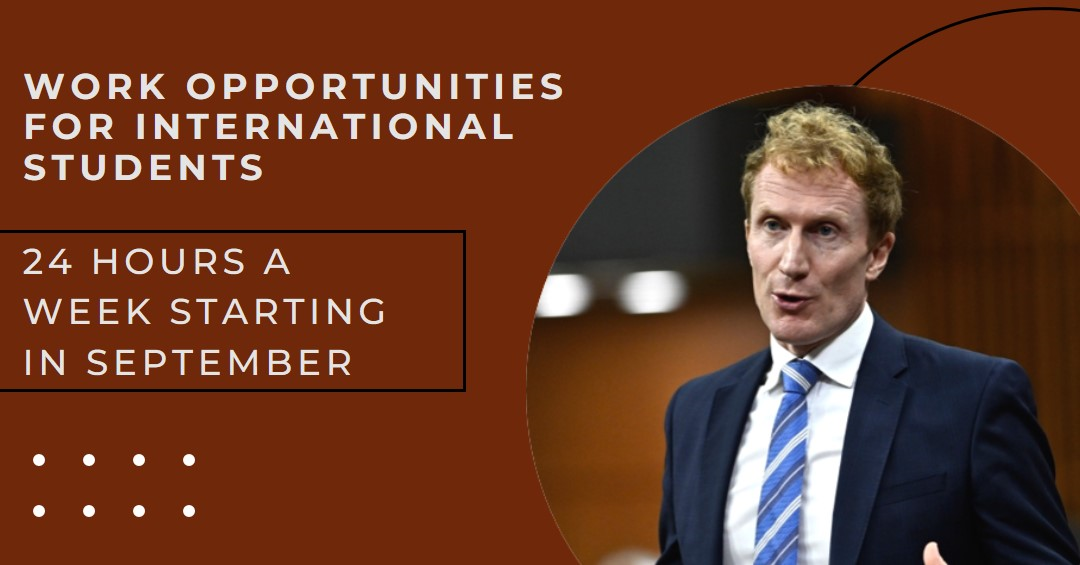
International students are a vital part of Canada’s educational landscape and workforce. They bring diverse perspectives, contribute to research and innovation, and fill critical labour shortages. However, striking a balance between studies and work is crucial for their success and the integrity of the education system.
A Temporary Boost, Now a Permanent Change
In response to labour shortages exacerbated by the COVID-19 pandemic, Canada temporarily lifted the 20-hour work limit for international students in November 2022. This policy is set to expire in May 2024. Recognizing the benefits of increased work opportunities, Immigration Minister Marc Miller announced a permanent change, allowing international students to work off-campus for up to 24 hours per week starting in September 2024.
“Looking at best practices and policies in other like-minded countries, most of them limit the number of working hours for international students. Canada’s rules need to be aligned or we will find our programs attracting more and more applicants whose primary intent is to work and not studying,” Miller said.
“To be clear, the purpose of the international students program is to study and not to work.”
While the increased work limit offers financial benefits for students, concerns remain. Critics argue that letting students work full-time could prioritize work over studies, potentially undermining the program’s educational purpose. A 2022 report by the Canadian Bureau for International Education (CBIE) highlights this concern. It found that while 70% of international students work while studying, those working over 20 hours weekly reported lower academic satisfaction.
“We know from studies as well that when you start working in and around 30-hour levels, there is a material impact on the quality of your studies,” he added.
Data and Rationale
Minister Miller cites internal government data showing over 80% of international students currently work more than 20 hours. This suggests that the pre-pandemic limit may not have reflected student realities. Setting the cap at 24 hours allows for three eight-hour shifts, providing a meaningful contribution to income while safeguarding study time.
Looking Ahead: A Measured Approach
The 24-hour limit represents a compromise between pre-pandemic restrictions and the temporary pandemic-driven flexibility. It aligns Canada with practices in other developed countries, which typically limit student work hours. This aligns with the program’s primary goal – to offer educational opportunities.
The Road to Permanence
The 24-hour limit will be implemented on an interim basis until September, allowing for further monitoring and potential adjustments. This measured approach allows the government to assess the impact on students’ academic performance and the broader labour market before finalizing the permanent policy.
Canada’s decision to increase work limits for international students reflects the need for both educational and economic benefits. By establishing a reasonable limit informed by data and best practices, this policy aims to strike a balance. Continued monitoring and potential future adjustments will ensure the program serves its intended purpose and fosters a win-win situation for students and the Canadian economy.
